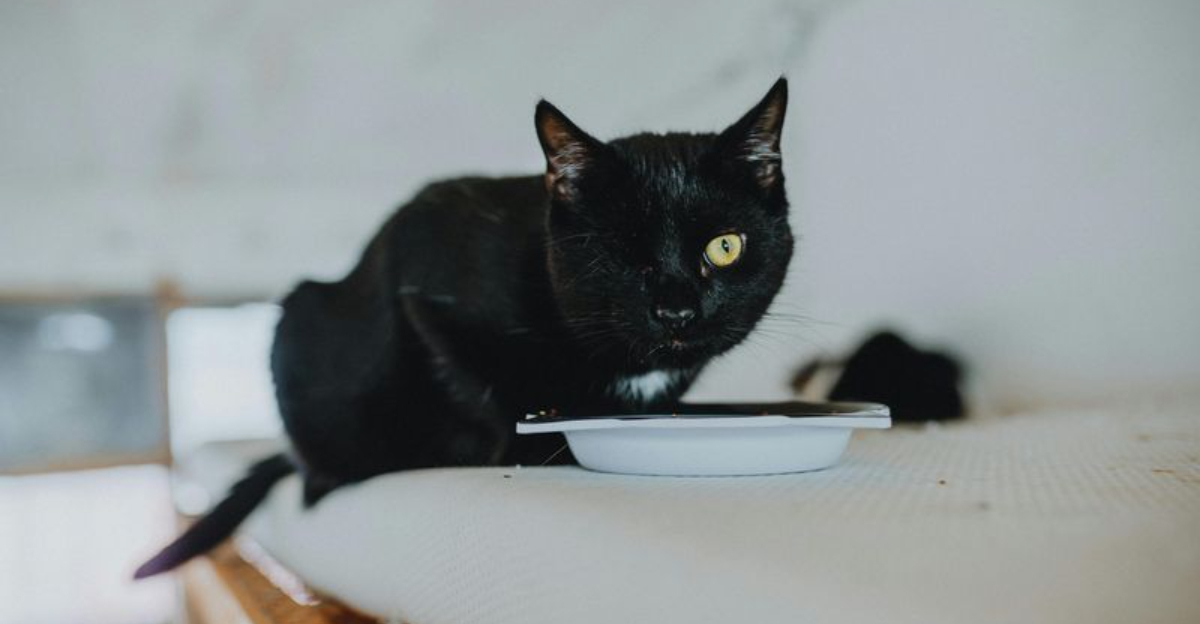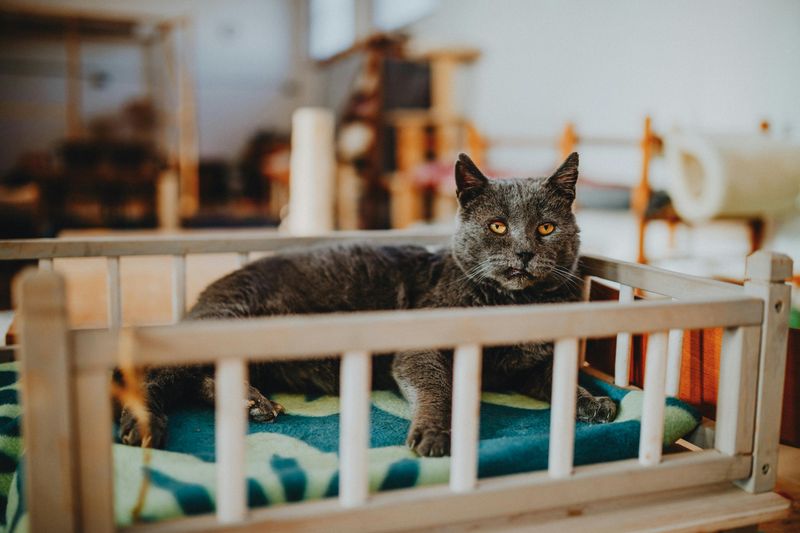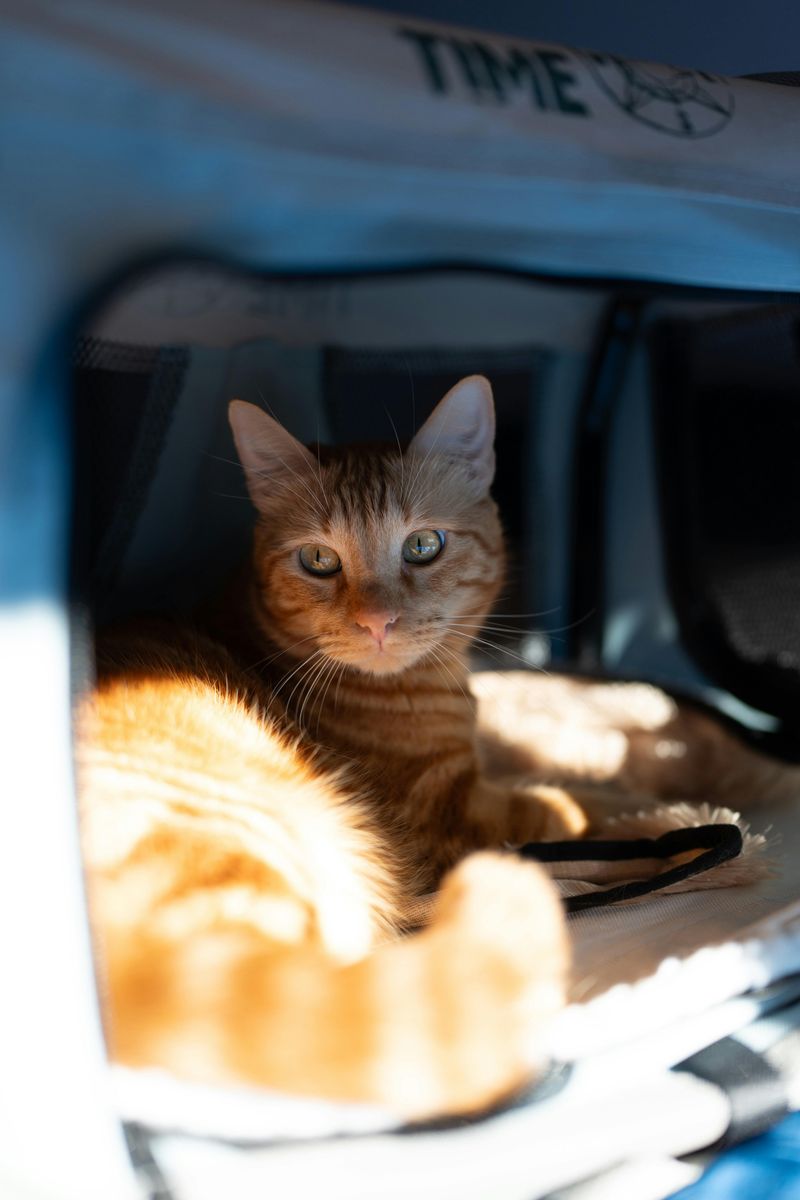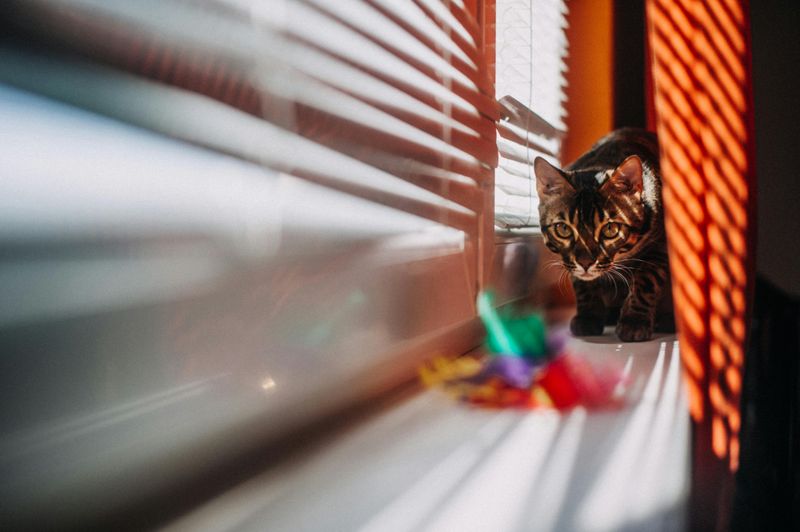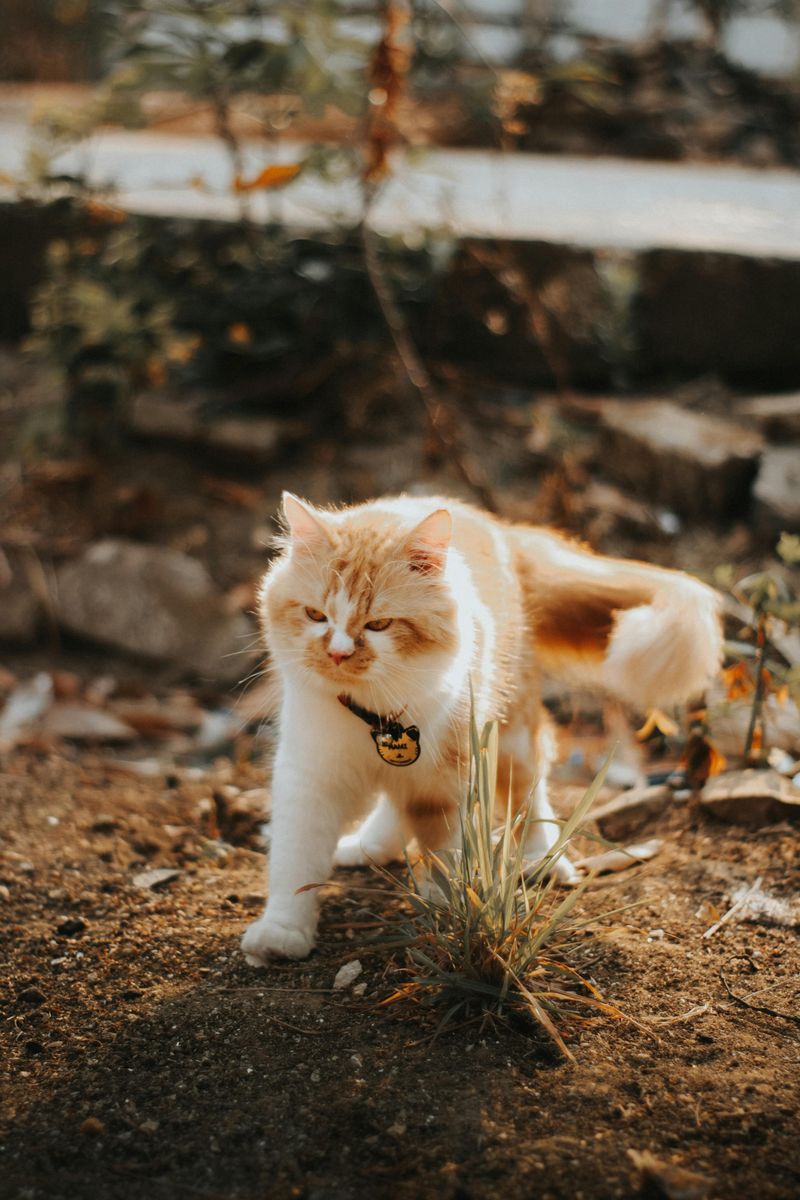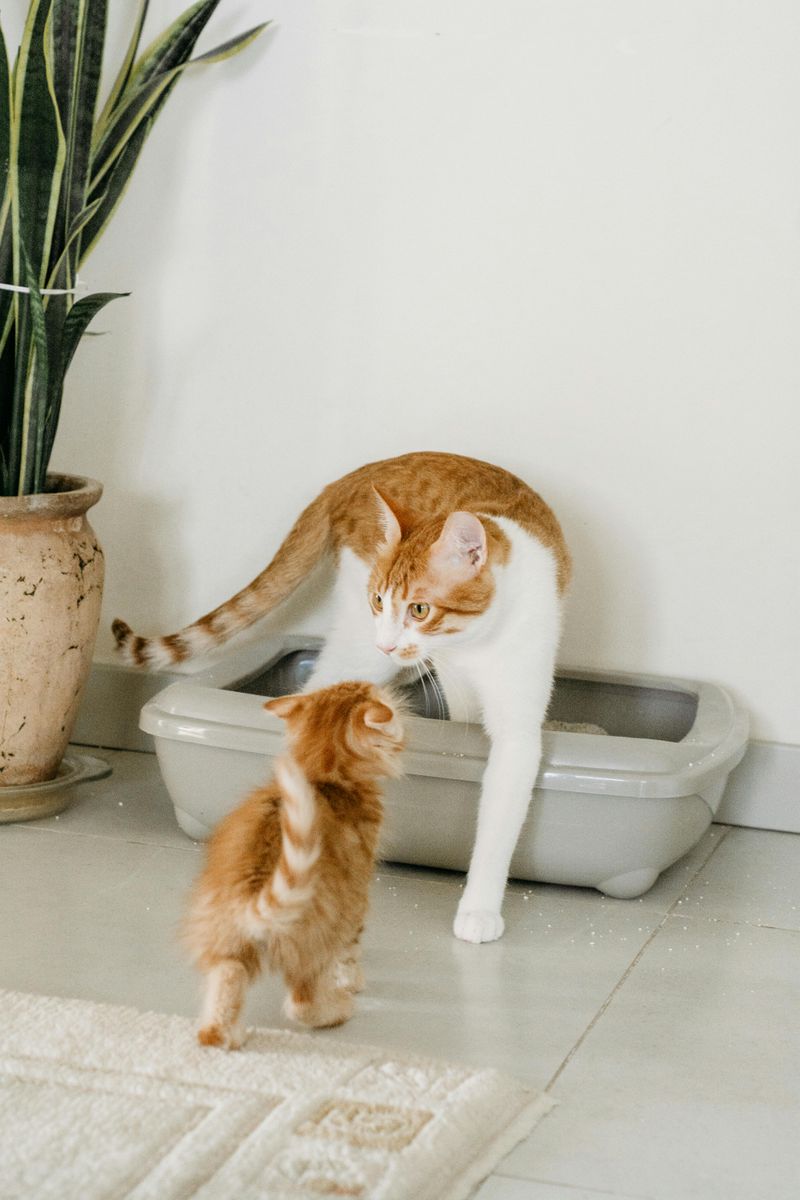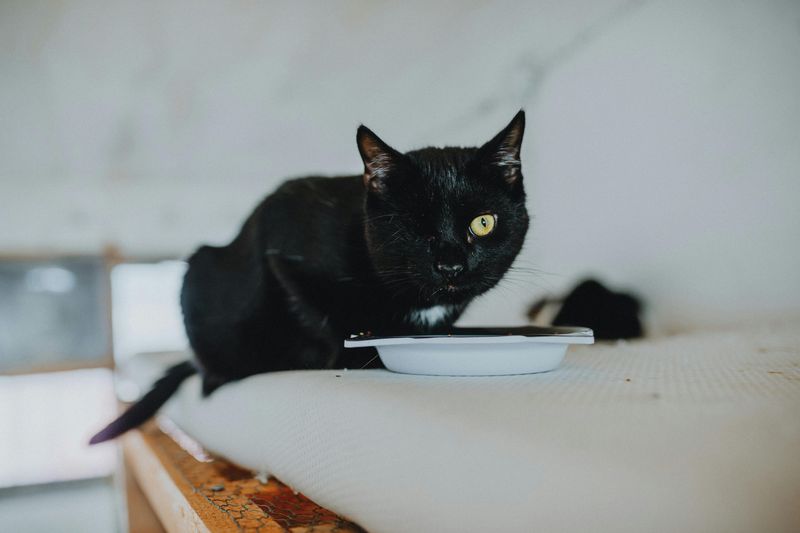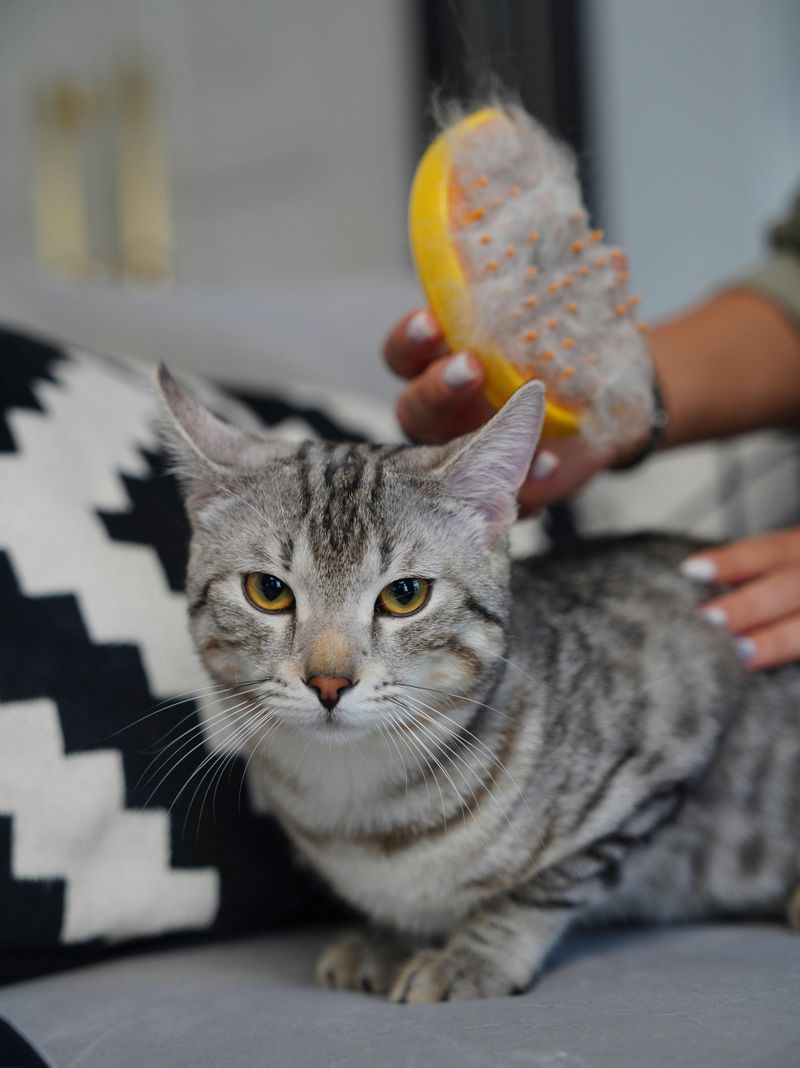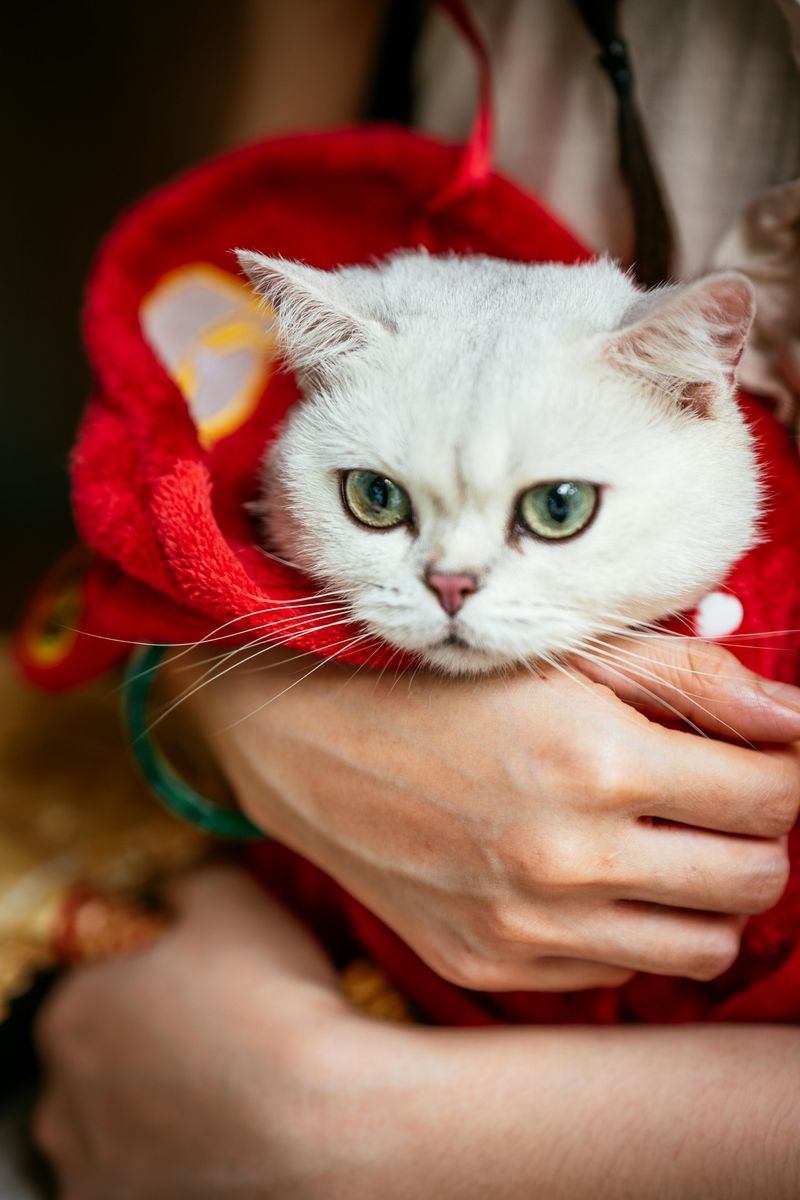📖 Table of Content:
Yard sales are treasure troves of deals, and for pet parents on a budget, they can seem like the perfect place to snag supplies. From cozy cat beds to playful toys and sturdy crates, secondhand finds can offer serious savings. But while the price tags might be appealing, not every pre-loved item is a good idea when it comes to your furry family members.
Used pet essentials can carry hidden risks — from cleanliness and wear-and-tear to potential safety hazards. Some items are relatively low-risk and can be easily sanitized, while others might harbor germs, pests, or lingering odors that make them more trouble than they’re worth. Understanding what to look for — and what to avoid — can save you from buying something that could harm your pet or cost you more in the long run.
In this guide, we break down 8 common cat items you’re likely to find at a garage sale or yard sale and whether they’re smart secondhand buys or better left behind. By evaluating each item’s pros and cons, you’ll be better equipped to make safe, budget-friendly choices for your pet. Let’s dive in.
1. Pet Beds
Despite their soft and inviting appearance, used cat beds can be a breeding ground for allergens, mites, and even fleas. Over time, beds absorb cat hair, dander, and the occasional accident, making them hard to fully sanitize. You may find beds that look clean, but hidden odors and bacteria often linger deep in the fabric and stuffing. If the bed is machine washable and shows no signs of stains or pest activity, it might be worth considering. Still, you’ll want to wash it on a hot cycle with a cat-safe detergent before introducing it to your home. Beds with removable covers are easier to clean and disinfect, making them a safer bet. When in doubt, it’s better to skip the risk and buy a new, affordable alternative.
2. Carriers and Crates
Sturdy cat carriers, especially plastic or hard-sided ones, are usually among the safer used purchases. Take time to inspect the hinges, latches, and door mechanisms to ensure they’re not rusted, cracked, or jammed. Even if the surface is scuffed, as long as the structure is intact, the carrier can still offer reliable transport. Sanitize the entire interior with a disinfectant that’s safe for cats, and allow it to fully air dry. Soft-sided carriers are trickier — fabric may retain odors or stains that are hard to remove. These are best bought used only if they look nearly new and have no signs of pet hair or wear. A well-cleaned carrier can save you a decent amount while still keeping your cat secure and comfortable.
3. Toys
Cat toys are a frequent garage sale find, but you’ll want to choose wisely. Fabric or plush toys can trap moisture, bacteria, and saliva — not ideal for cats who love to bat, bite, and bunny-kick. In contrast, hard rubber or plastic toys are easier to sanitize and reuse. Always check for cracks, loose parts, or any small bits that could become a choking hazard. If the toy still feels sturdy and looks cleanable, a soak in hot water with a pet-safe cleanser can bring it back to life. Avoid anything with frayed strings, feathers, or stuffing that’s coming out. Cats are sensitive creatures, and toy safety is essential for their playtime.
4. Collars and Leashes
Though cats aren’t walked as frequently as dogs, many still use collars or harnesses for identification and travel. When shopping secondhand, be wary of fraying fabric, stretched-out elastic, or broken clips that can fail at the worst time. A good collar should have a breakaway feature to protect your cat in case of entanglement — and this function must still work properly. Leather collars can dry out and crack, while nylon can degrade with age and sun exposure. Always clean used collars before use, using mild soap and warm water. If the item shows no signs of damage and smells fresh after cleaning, it may be a smart and safe purchase. Be sure it fits your cat well — snug but not tight.
5. Litter Boxes
Used litter boxes are one of the riskiest secondhand items for cat owners — and generally not worth the gamble. Plastic absorbs odors and retains tiny scratches where bacteria from waste can linger, even after cleaning. No matter how “clean” it looks, residual ammonia and scents from other cats can remain, which may stress or confuse your own cat. Cats are incredibly scent-sensitive and may reject a used box outright. Additionally, older boxes can be brittle or warped, increasing the chance of leaks. Filters or hoods may also be missing or no longer functional. For the sake of hygiene and your cat’s comfort, new is best when it comes to litter boxes.
6. Bowls and Feeders
Stainless steel and ceramic cat bowls can be perfectly fine to buy used — provided they’re free from chips, cracks, or rust. Always avoid plastic dishes, which scratch easily and can trap bacteria, contributing to feline chin acne. Wash secondhand bowls thoroughly with hot water and dish soap, or run them through the dishwasher. Check for glazing flaws in ceramic bowls, which could harbor germs or leak. Automatic feeders should be tested to ensure they work correctly and don’t contain any old food residue. Pay close attention to lids, seals, and battery compartments. If everything checks out, used feeding gear can be a great deal.
7. Grooming Tools (Brushes, Nail Clippers)
Cat grooming tools like brushes, nail clippers, and combs can be purchased used — but only if they’re in excellent condition. Avoid anything with rust, dull blades, or missing parts that could scratch or injure your cat. Stainless steel tools are ideal and can be disinfected with alcohol or boiling water. Brushes should be free of old hair and debris, with firm bristles that aren’t warped or broken. Electric clippers are trickier — ensure the blades are sharp, the motor works quietly, and the casing is intact. Grooming is a close-contact activity, so cleanliness is critical to prevent skin irritation or infection. If you can sanitize it and it still performs well, it’s likely a safe secondhand score.
8. Clothing and Costumes
Dressing up your cat isn’t for everyone, but if your feline tolerates outfits, used clothing can be a fun, budget-friendly find. Be on the lookout for damaged seams, stretched fabric, or embellishments that can easily fall off and become choking hazards. All items should be washed on a hot cycle to remove any lingering fur, odors, or allergens. Fit is crucial — if it’s too tight or awkwardly shaped, it could cause discomfort or anxiety. Costumes with small parts, zippers, or elastic should be checked extra carefully. Avoid anything with dangling threads or decorative buttons that can be chewed off. With some caution and a good wash, secondhand cat outfits can be safe and stylish.
